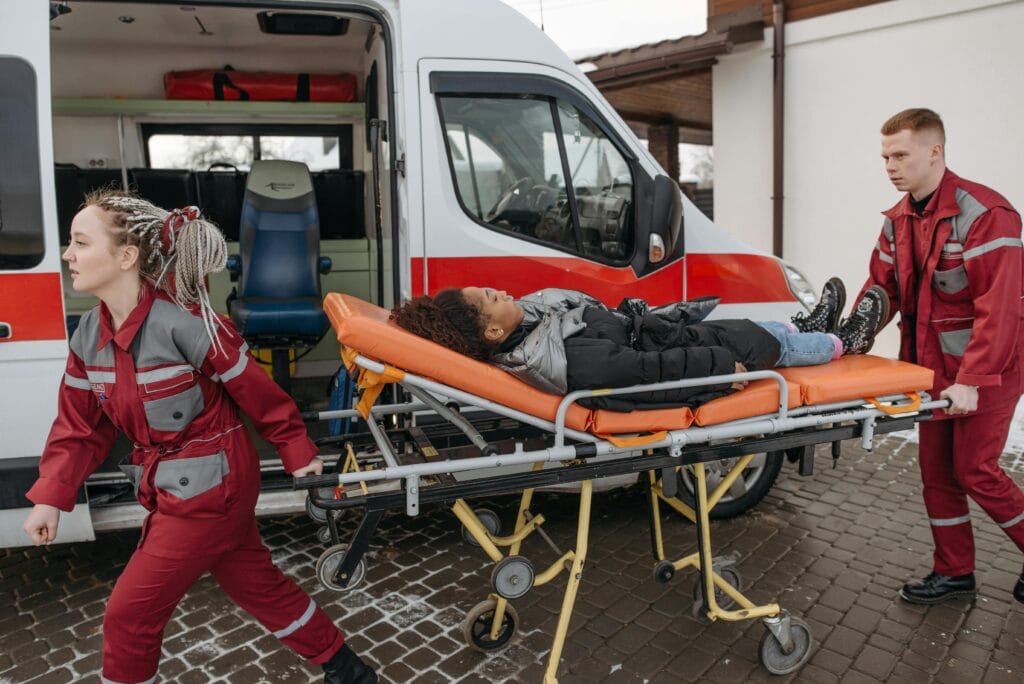Whole Blood vs. Component Therapy
While Whole Blood is an effective replacement fluid for acute, massive blood loss because it simultaneously provides volume expansion and restores oxygen-carrying capacity (via red blood cells), its use is now relatively uncommon in standard practice, particularly in the United States. Blood Transfusion The Shift to Component Therapy Current transfusion trends favor separating donated blood […]





